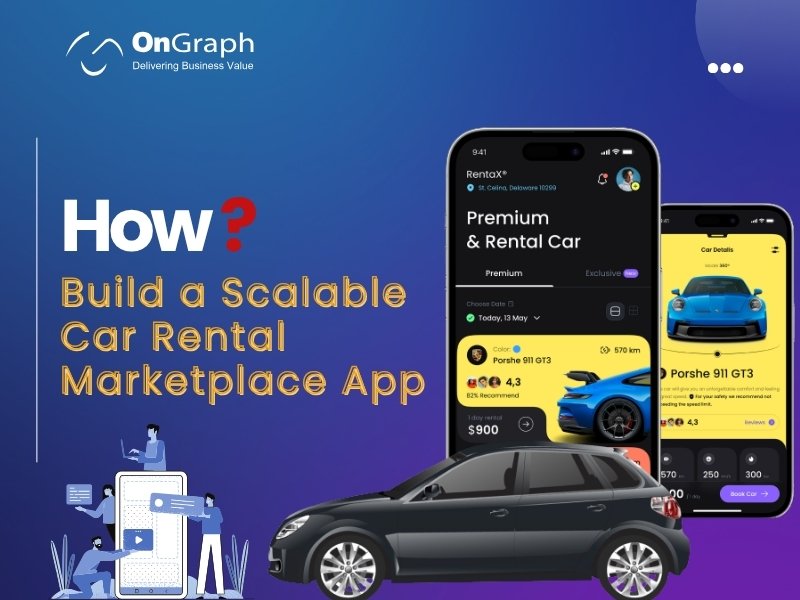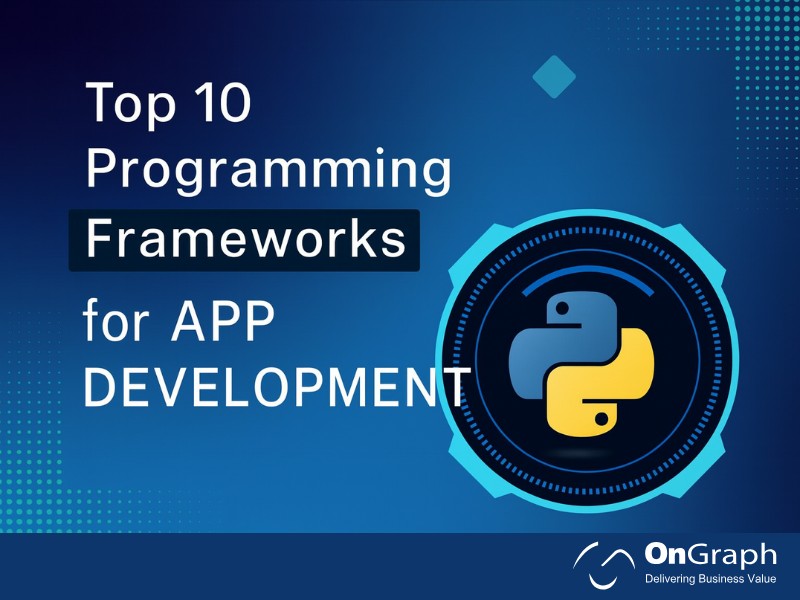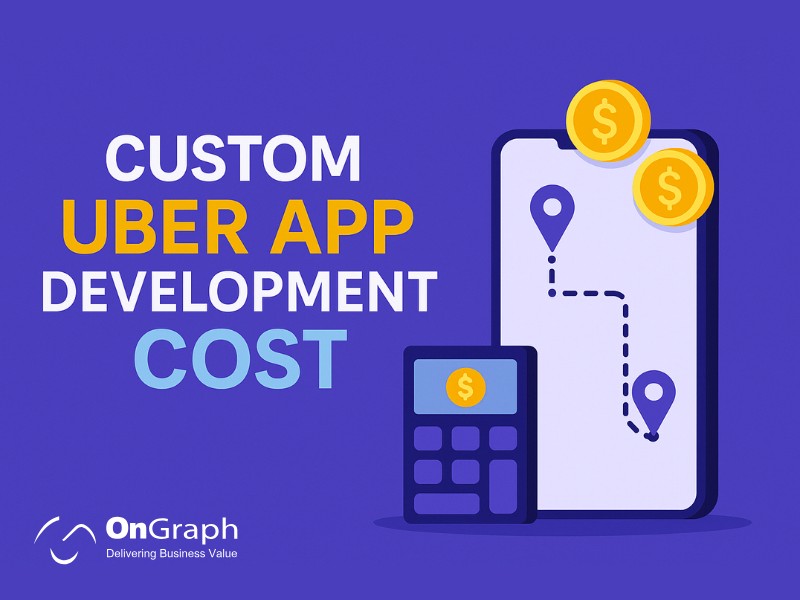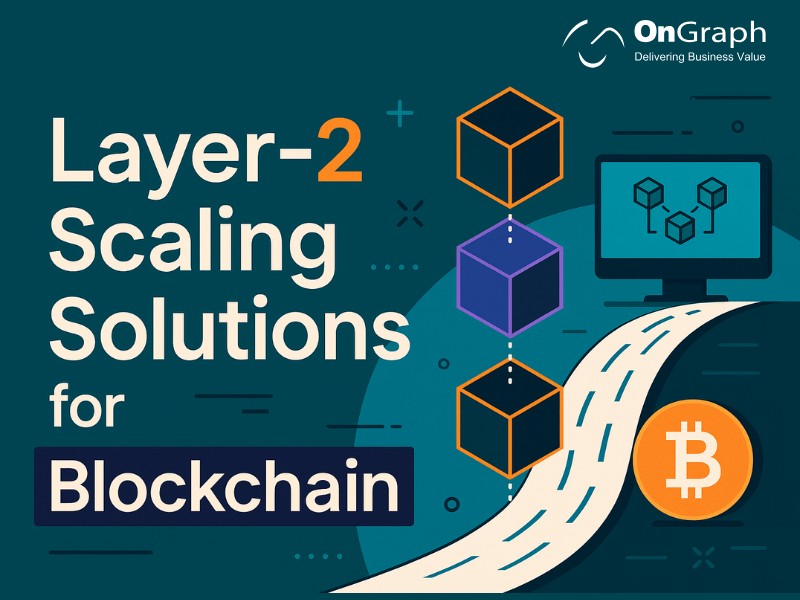In this article
- 1. Understanding the Core Model: What Is a Car Rental Marketplace App?
- 2. Why Scalability Matters in Car Rental App Development?
- 3. Architecture Blueprint: Building for Performance and Reliability
- 4. Integrating AI in Automotive and Mobility Ecosystems
- 5. Essential Features: Modern Taxi & Car Rental App Standards
- 6. Overcoming Taxi App Deployment Challenges
- 7. Cost & Timeline Breakdown
- 8. Security, Compliance & Trust
- 9. Monetization Strategies for Long-Term Profitability
- 10. Future Trends: The Connected and Autonomous Future
- Conclusion: Your Roadmap to Mobility Success
The global mobility industry is rapidly evolving, blending traditional rental models with modern digital ecosystems. A car rental marketplace app enables individuals and businesses to rent, list, or share vehicles in real time — creating an experience similar to Turo, Getaround, or Zipcar but with greater flexibility and scale.
According to Fortune Business Insights (2025), the car rental market size will reach $218 billion by 2030, growing at a CAGR of 6.7%.
In parallel, the vehicle-sharing and peer-to-peer rental app market is expected to triple in size as more consumers move toward asset-light mobility.
Startups and enterprises are now looking for white-label car rental app solutions that allow faster launches, scalable infrastructure, and integration with AI in the automotive industry — enabling personalization, predictive pricing, and intelligent fleet management.
This guide explores how to build, scale, and sustain a next-generation car rental marketplace app that can compete with industry leaders and evolve into a multi-service mobility platform.
1. Understanding the Core Model: What Is a Car Rental Marketplace App?
A car rental marketplace app connects car owners (vendors) and renters (users) in one ecosystem. It offers:
- Peer-to-peer rentals: Individual car owners list their vehicles.
- Fleet-based rentals: Businesses manage and rent out corporate fleets.
- Driver-integrated rentals: Combines rental + chauffeur service.
- Subscription or hourly rentals: Enable flexible rental durations.
The app acts as a digital intermediary, handling discovery, pricing, payments, insurance, and support — much like how Airbnb manages accommodation rentals.
Modern platforms expand further by integrating AI analytics, driver verification APIs, and IoT-based tracking to improve user trust and operational control.
2. Why Scalability Matters in Car Rental App Development
Scalability ensures your app performs efficiently as your user base, fleet, and regions grow. Without it, even small increases in bookings can cause performance bottlenecks, slow queries, and app crashes — all of which impact customer trust.
Scalable platforms:
- Handle thousands of concurrent bookings.
- Enable region-wise expansion without re-engineering.
- Support new modules like delivery or subscription rentals.
- Adapt easily to new technologies like EVs or connected cars.
For example, Turo scaled to over 350,000 active vehicle listings and millions of users across 56 countries by leveraging microservice architecture and cloud infrastructure.
This approach allows each feature — booking, payments, tracking — to run independently and scale as needed.
3. Architecture Blueprint: Building for Performance and Reliability
A scalable car rental app should follow a modular, cloud-native, and event-driven architecture. Here’s what that looks like:
a. Microservices Structure
Each core function — authentication, booking, payment, fleet management — operates as an independent service.
This modularity helps teams deploy updates without affecting the entire system.
Benefits:
- Faster feature updates
- Easier fault isolation
- Horizontal scalability
b. Containerization with Kubernetes
Containers simplify deployment across environments. Kubernetes manages scaling automatically and ensures consistent uptime even during traffic spikes.
Example: When your marketplace receives 10x more bookings during a festival season, Kubernetes automatically scales backend services based on demand.
c. CDN and Edge Networks
Use Content Delivery Networks (CDNs) and edge compute nodes to minimize latency for users across geographies.
A global app might deploy servers in US-East, Europe, and APAC to deliver a fast, uniform experience.
d. Data Management Layer
- PostgreSQL/MySQL for structured data (users, payments, bookings).
- MongoDB or DynamoDB for listings, images, and telemetry.
- Redis for real-time caching.
- Kafka or RabbitMQ for asynchronous event processing.
This ensures optimal read/write performance even with high data volumes.
4. Integrating AI in Automotive and Mobility Ecosystems
The integration of AI in the automotive industry enhances both business intelligence and user experience within rental apps. Here’s how:
a. Predictive Pricing
AI analyzes demand, time, location, and vehicle type to dynamically set prices — maximizing utilization and revenue.
b. Personalized Recommendations
Machine learning models study user behavior to recommend vehicles based on previous searches, trips, and preferences.
c. Fraud & Risk Management
AI-driven identity verification tools detect anomalies in license uploads, payments, or rental behavior.
d. Demand Forecasting
AI predicts fleet requirements in specific zones or time frames, helping operators optimize availability and maintenance schedules.
Companies using AI-based pricing and forecasting report 20–35% higher fleet utilization and 15% lower idle time.
5. Essential Features: Modern Taxi & Car Rental App Standards
Drawing inspiration from modern taxi app features, a rental marketplace should include:
For Renters:
- Easy registration and KYC verification
- Vehicle browsing by category, location, and pricing
- Real-time availability tracking
- Secure payments and wallet integration
- Trip history and digital receipts
For Car Owners/Fleet Managers:
- Multi-vehicle management dashboard
- Document and insurance upload
- Dynamic pricing control
- Earnings tracking and payout history
For Admins:
- Role-based access control (RBAC)
- Fraud detection alerts
- Geo-fencing and region-based pricing
- Revenue and analytics dashboards
Adding AI chatbots for customer support can reduce service response time by up to 70%.
6. Overcoming Taxi App Deployment Challenges
Launching a large-scale mobility app involves several technical and regulatory hurdles:
- App Store & Play Store Approvals: Require compliance with local regulations.
- Payment Gateway Integrations: Must adhere to PCI-DSS standards.
- GPS Accuracy Issues: Use multi-layered mapping APIs (Google Maps + Mapbox).
- Load Handling: Perform load testing before full rollout.
- Data Privacy: Comply with GDPR and CCPA for user data protection.
Experienced developers mitigate these taxi app deployment challenges by integrating automated testing, CI/CD pipelines, and scalable server architecture early.
7. Cost & Timeline Breakdown
Phase 1: MVP Launch (4–6 Weeks)
- Features: Listing, booking, payments, notifications.
- Stack: Flutter front-end, Node.js or PHP backend, MySQL database.
- Cost: $8,000 – $25,000 (white-label customization).
Phase 2: Market Expansion (3–5 Months)
- Add AI recommendations, telematics tracking, and fleet analytics.
- Cost: $30,000 – $70,000, depending on modules.
Phase 3: Enterprise Scaling (6–12 Months)
- Integrate Kubernetes, multi-region cloud setup, and advanced telemetry.
- Cost: $100,000+ with ongoing DevOps support.
Opting for a Taxi App Development Company with white-label frameworks significantly cuts both time and cost, allowing startups to launch in weeks rather than months.
Want a Car Rental Marketplace That Scales? We’ll Build It Right
OnGraph builds scalable car rental platforms designed for thousands of bookings, vehicles, and users—making your business efficient, reliable, and ready to lead the market.
8. Security, Compliance & Trust
Trust is the foundation of any mobility platform.
Implement these safeguards to ensure reliability:
- End-to-End Encryption (TLS 1.3) for all data communication.
- Two-Factor Authentication (2FA) for users and drivers.
- AI-driven Fraud Detection to block suspicious logins or payments.
- Compliance Integrations: DMV verification, insurance APIs, GDPR adherence.
- Regular Pen Testing: Identify and patch vulnerabilities.
Adhering to compliance builds brand authority and user trust, critical for scaling globally.
9. Monetization Strategies for Long-Term Profitability
A scalable app needs sustainable revenue models.
Here are the most effective options:
- Commission per booking (10–25%)
- Subscription or membership plans for premium users
- Featured listings and promotions for vendors
- Insurance and add-on service fees
- Data-driven partnerships with auto brands and repair shops
Diversifying revenue ensures your platform remains profitable even during market shifts.
10. Future Trends: The Connected and Autonomous Future
Emerging technologies will redefine the next generation of car rental apps:
- Electric Vehicles (EVs): Integration with charging station APIs.
- Connected Cars (IoT): Real-time maintenance and mileage reporting.
- Blockchain Contracts: Secure, traceable rental agreements.
- AI Voice Interfaces: Voice booking and vehicle status inquiries.
- Autonomous Fleets: Preparing APIs for driverless car integration.
Early adoption of these technologies can give startups a 5-year competitive edge.
Conclusion: Your Roadmap to Mobility Success
Building a car rental marketplace app isn’t just about coding a product — it’s about designing a future-ready ecosystem.
Start lean with a white-label base, validate your idea, and progressively scale using microservices, Kubernetes, and AI.
As demand for flexible mobility continues to grow, the opportunity for digital-first car rental and marketplace solutions is enormous.
With the right architecture, scalability plan, and technology partner, you can position your brand at the forefront of the next mobility revolution.
FAQs
A car rental marketplace app is a digital ecosystem that connects car owners or fleet operators with customers who want to rent a vehicle for short or long durations.
Unlike traditional rental agencies that maintain centralized fleets, these platforms enable peer-to-peer rentals and multi-vendor participation, making them more scalable and asset-light.
Here’s how it typically works:
-
Registration & Verification: Car owners and renters register on the platform. Owners upload car documents, insurance, and ID verification.
-
Listing & Search: Owners list their vehicles with pricing, availability, and features. Renters search based on filters like car type, location, and date.
-
Booking & Payment: The renter selects a car, confirms booking, and pays securely through the app’s integrated payment gateway.
-
Vehicle Handover & Tracking: Cars are handed over manually or via pickup points. GPS and telematics systems track vehicle movement in real-time.
-
Return & Feedback: Once the trip is complete, the renter returns the vehicle, and both parties rate each other.
The platform earns through commissions, subscriptions, or service fees, while AI algorithms handle pricing optimization, fraud detection, and vehicle availability.
The development timeline depends heavily on the project scope, customization level, and technology stack.
However, here’s a realistic breakdown:
-
White-Label Base (Fastest Approach):
If you use a white label car rental app solution, you can launch your MVP within 4–6 weeks. These come with pre-built modules — user app, driver/fleet app, and admin dashboard — requiring only design customization and API integration. -
Custom App Development (Full Build):
A fully custom car rental app development project with microservices, cloud architecture, and advanced AI modules typically takes 4–6 months.
This timeline includes requirement gathering, UI/UX design, backend setup, testing, and deployment.
Factors affecting the build time include:
-
Number of modules (renter, owner, driver, admin, support)
-
Integration of external APIs (maps, payment, telematics)
-
Inclusion of AI/ML and IoT functionalities
-
Cloud or multi-region setup for scalability
For startups, launching an MVP first is the smartest path. Once validated, you can scale by adding new services — such as EV rentals, subscriptions, or corporate fleet integrations — without rebuilding the entire system.
AI in the automotive industry has revolutionized how car rental platforms operate. When integrated properly, it enhances every layer — from pricing to predictive maintenance.
Here’s how AI can add value:
-
Dynamic Pricing:
AI models analyze historical demand, local events, and seasonal trends to adjust prices automatically — ensuring maximum fleet utilization and revenue. -
Behavioral Recommendations:
Machine learning tracks user preferences (e.g., preferred vehicle type, duration, or location) to show personalized suggestions and promotions. -
Fleet Optimization:
Predictive algorithms analyze usage and downtime data to forecast when a vehicle needs maintenance, preventing breakdowns and downtime. -
Fraud Detection & Security:
AI-powered verification systems detect anomalies — such as mismatched driver licenses or suspicious payment patterns — reducing fraud risk. -
Marketing Automation:
Smart reminders and re-engagement messages (“You viewed a Toyota Corolla — book it now for 10% off!”) help convert passive users into paying customers.
When combined, these tools can boost customer retention by 30–40%, reduce idle fleet time by 25%, and improve profitability across the platform.
Launching large-scale mobility platforms involves multiple technical, operational, and compliance challenges.
Here’s how to prepare for and mitigate the most common ones:
-
App Store Approval Delays:
Both Apple and Google require strict compliance — including user safety, payment transparency, and location accuracy.
→ Solution: Ensure all user permissions (GPS, camera, microphone) are clearly justified and test for GDPR compliance before submission. -
Payment Gateway Compliance:
Handling transactions requires PCI-DSS certification to secure sensitive financial data.
→ Solution: Partner with verified payment gateways like Stripe, Razorpay, or Braintree that come pre-certified. -
Scalability & Server Overload:
Initial launches often face spikes in concurrent users, leading to crashes.
→ Solution: Deploy microservices architecture and Kubernetes-based autoscaling to handle dynamic load automatically. -
GPS and Tracking Accuracy:
Real-time tracking is crucial for rentals and deliveries.
→ Solution: Use hybrid location APIs (Google Maps + Mapbox) and integrate with vehicle telematics hardware. -
User Data Privacy:
Storing personal information requires regional compliance (GDPR, CCPA).
→ Solution: Encrypt data at rest, anonymize logs, and use tokenized payments.
Choosing an experienced Taxi App Development Company with a proven deployment track record ensures these pitfalls are handled proactively.
Security and trust are at the heart of every successful car rental platform. Since these apps deal with payments, identity documents, and geolocation data, implementing strong security controls is non-negotiable.
Here’s a breakdown of best practices:
-
End-to-End Encryption (TLS 1.3): All communications between users, servers, and APIs must be encrypted.
-
Role-Based Access Control (RBAC): Admins, fleet operators, and customers should have distinct access permissions.
-
Regular Penetration Testing: Continuous testing identifies vulnerabilities before attackers can exploit them.
-
Secure Cloud Infrastructure: Host your application on trusted providers like AWS or Azure with dedicated VPCs and firewalls.
-
Tokenized Payment Systems: Never store raw credit card data; use tokenization and vaulting systems provided by gateways.
-
Compliance Integrations: Ensure compliance with GDPR, SOC 2, and PCI DSS standards depending on geography.
-
AI-Driven Threat Detection: Machine learning can spot unusual login behaviors or suspicious transactions in real-time.
In addition, transparent privacy policies, data deletion requests, and clear user consent forms improve trustworthiness — an important EEAT factor for ranking and customer retention.
Scalability depends on infrastructure readiness, localization, and compliance adaptability.
Here’s a roadmap for global expansion:
-
Cloud-Native Deployment:
Use AWS, Google Cloud, or Azure to host region-specific instances.
CDNs ensure low-latency experiences for users worldwide. -
Multi-Tenant Architecture:
A single backend can serve multiple city or country-level operations, each with localized pricing and currency support. -
Localization:
Support multiple languages, currencies, and regulations.
Integrate local tax, insurance, and driver verification APIs. -
Geo-Fencing & Region-Based Control:
Define service zones so cars or drivers can only operate within approved areas. -
Modular Codebase:
Adopt microservices that allow selective deployment in new regions without full replication. -
Security Compliance:
Adhere to each region’s data privacy laws.
For instance, GDPR for Europe, PDPA for Singapore, and CCPA for California.
By following this blueprint, startups can expand across continents while maintaining operational consistency and compliance.
A sustainable monetization strategy ensures long-term business growth.
Here are the most common and proven models for car rental apps:
-
Commission-Based Revenue:
The app charges a percentage (10–25%) from each successful booking made by renters. -
Subscription Plans for Vendors:
Fleet owners pay monthly or yearly fees for premium listing placement, analytics, and marketing support. -
Dynamic Pricing & Surge Fees:
During high-demand periods, the system automatically raises prices — maximizing profitability. -
Advertisement & Featured Listings:
Car owners can promote their vehicles within the app for better visibility. -
Insurance Partnerships:
Earn revenue by offering add-on services like trip insurance, accident coverage, and maintenance plans. -
Corporate and B2B Rentals:
Partner with companies for employee travel programs or long-term leasing. -
AI-Powered Upselling:
Recommending premium cars, accessories, or extended rentals increases average revenue per user (ARPU).
Profitability improves when your app transitions from being a service provider to an ecosystem platform — integrating delivery, EV rentals, and subscription models in future phases.
About the Author
Let’s Create Something Great Together!
Latest Blog
















